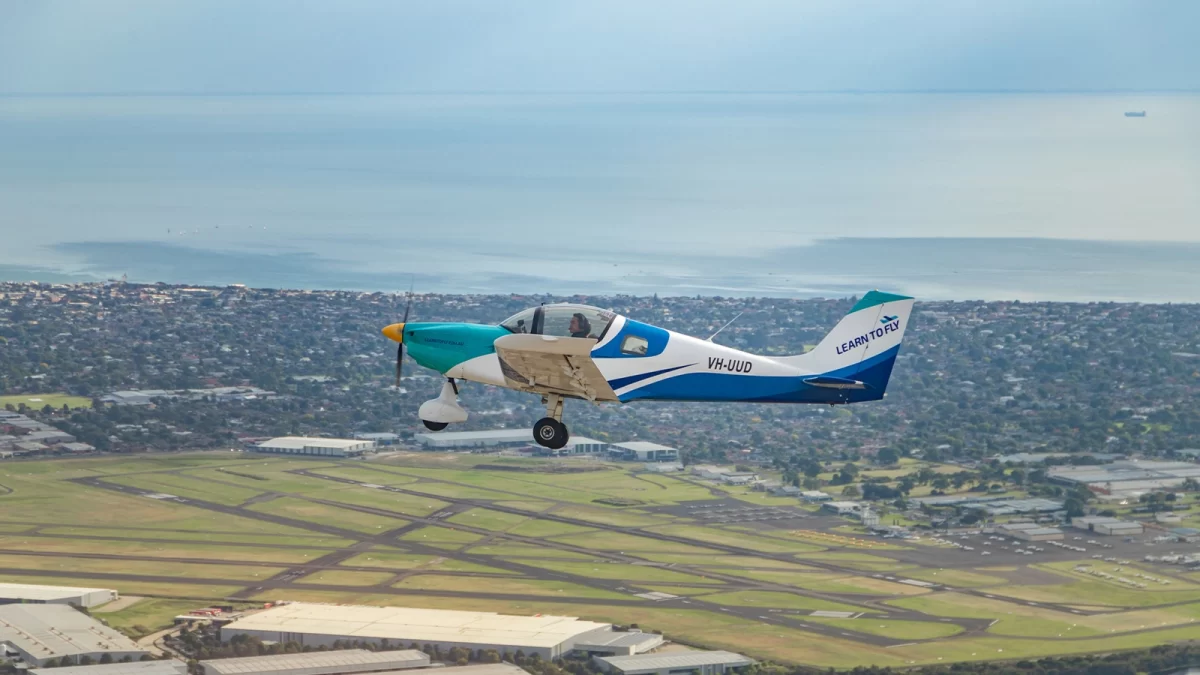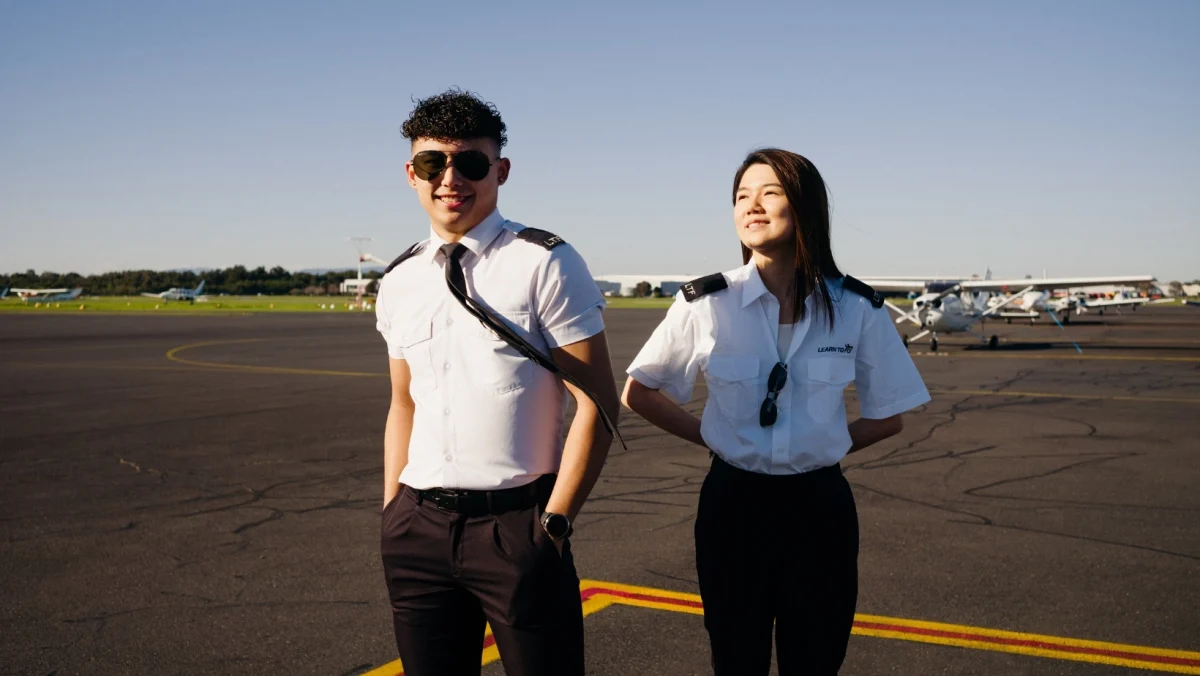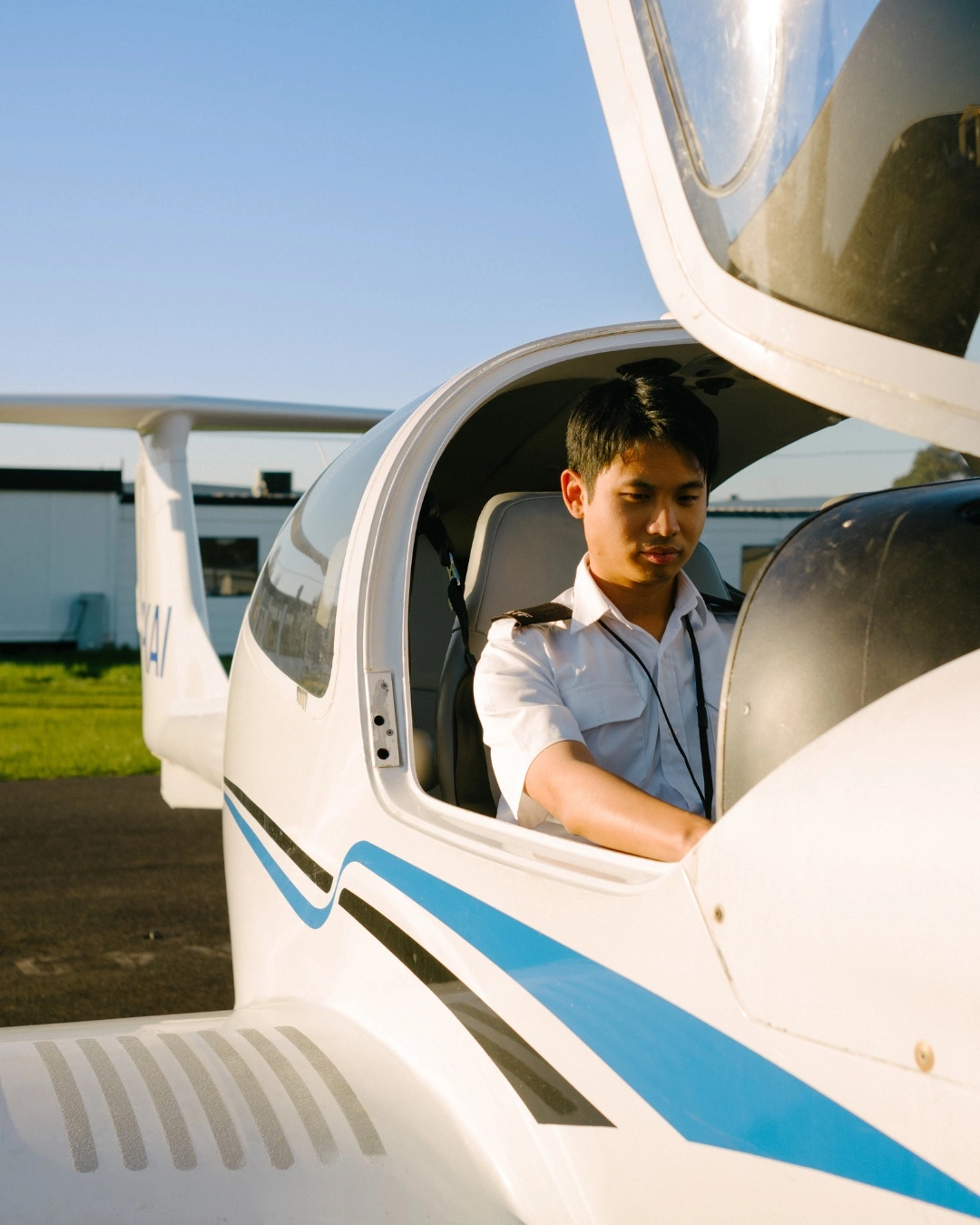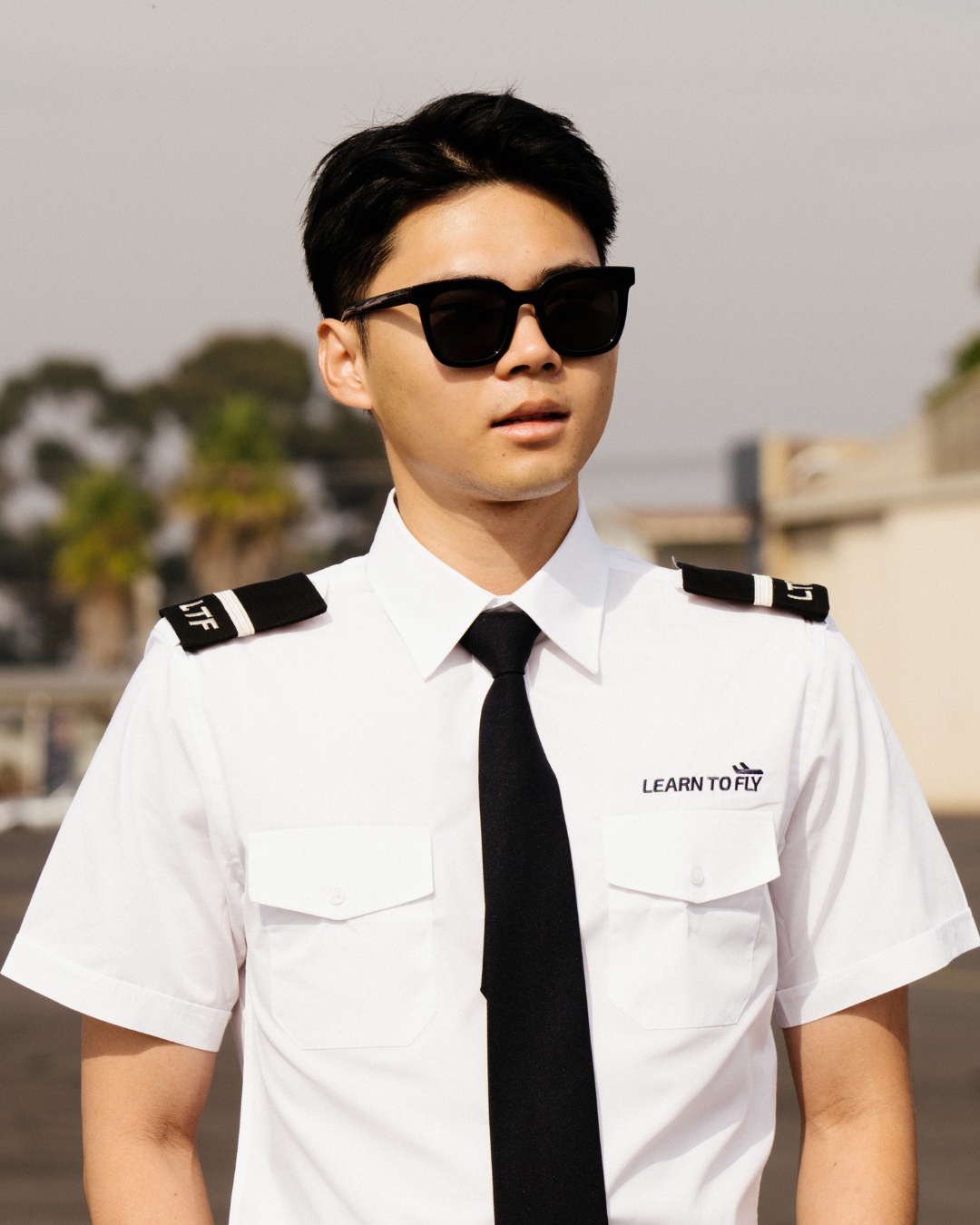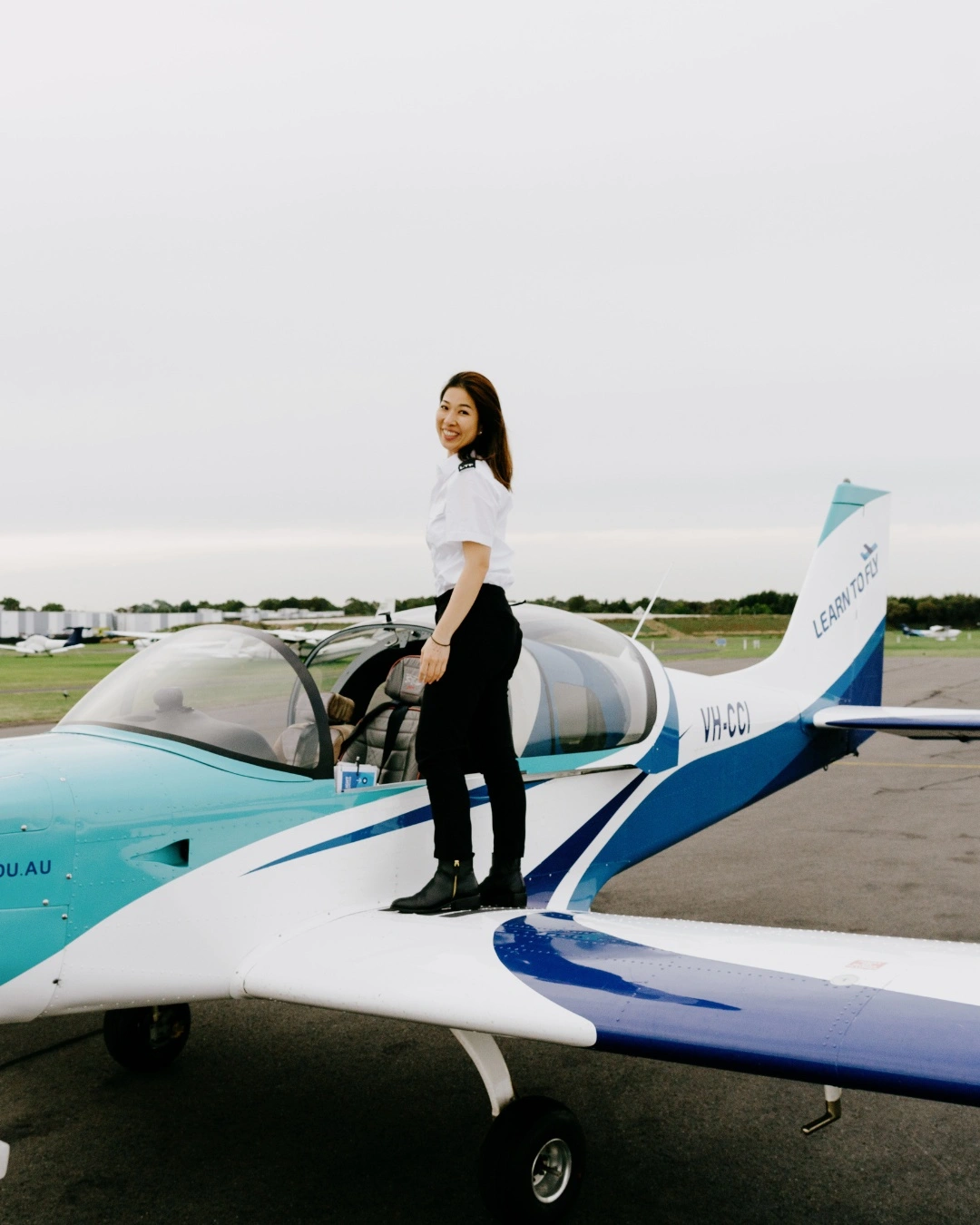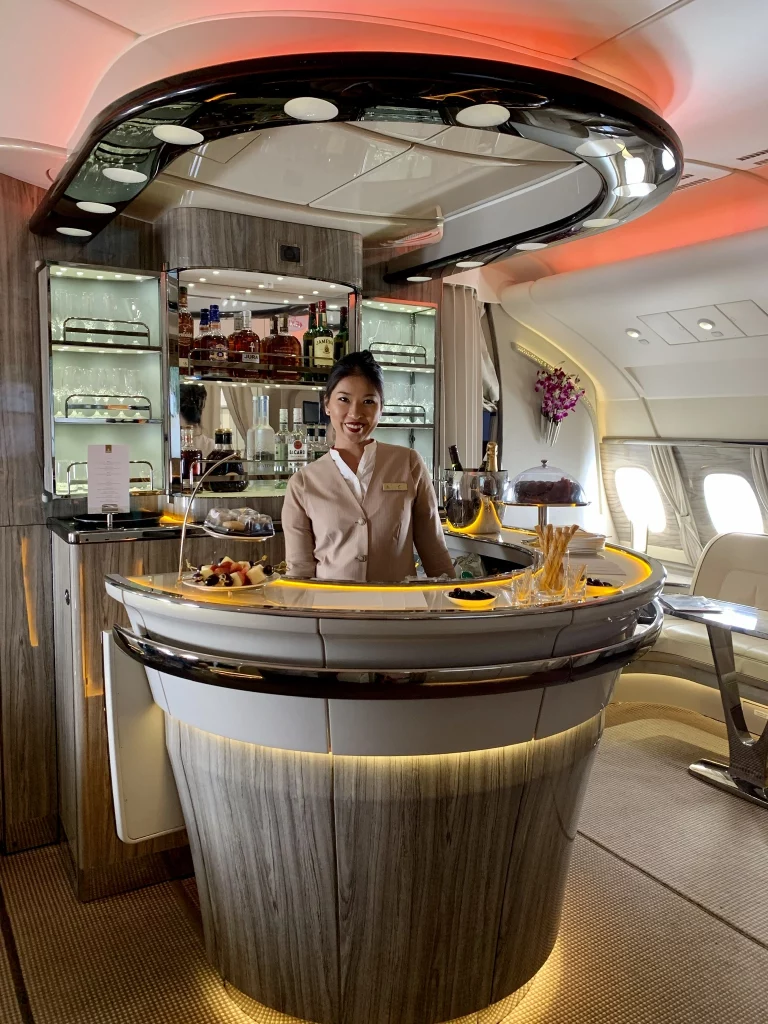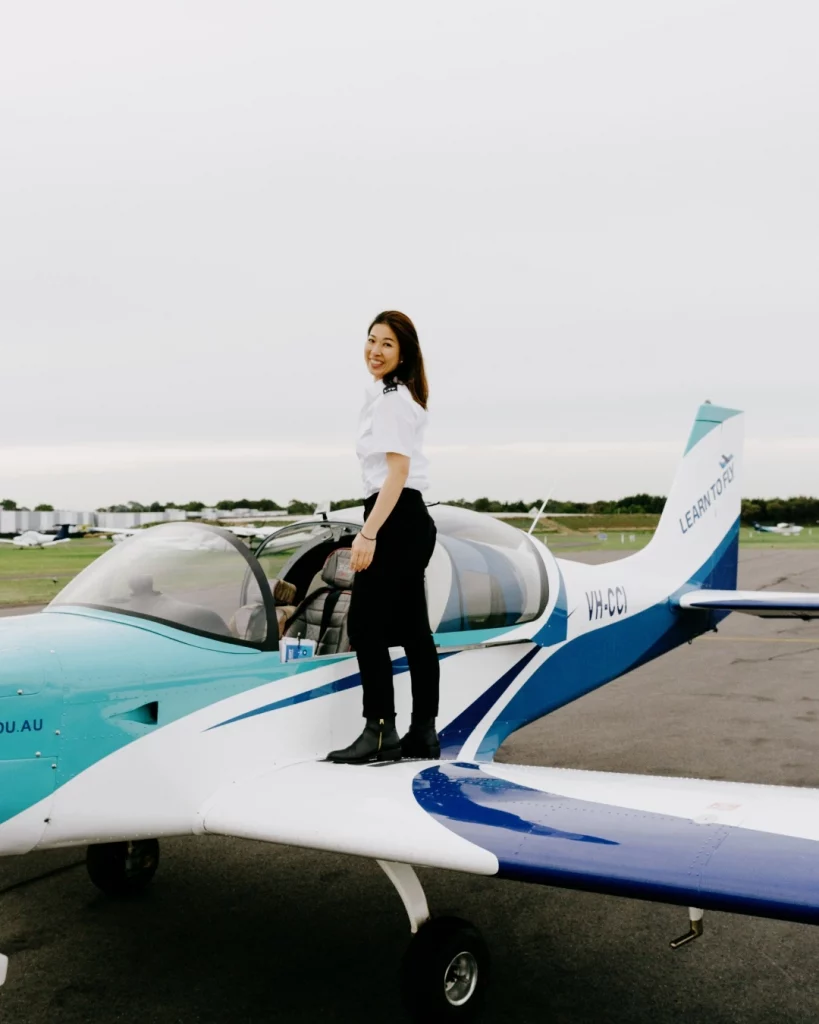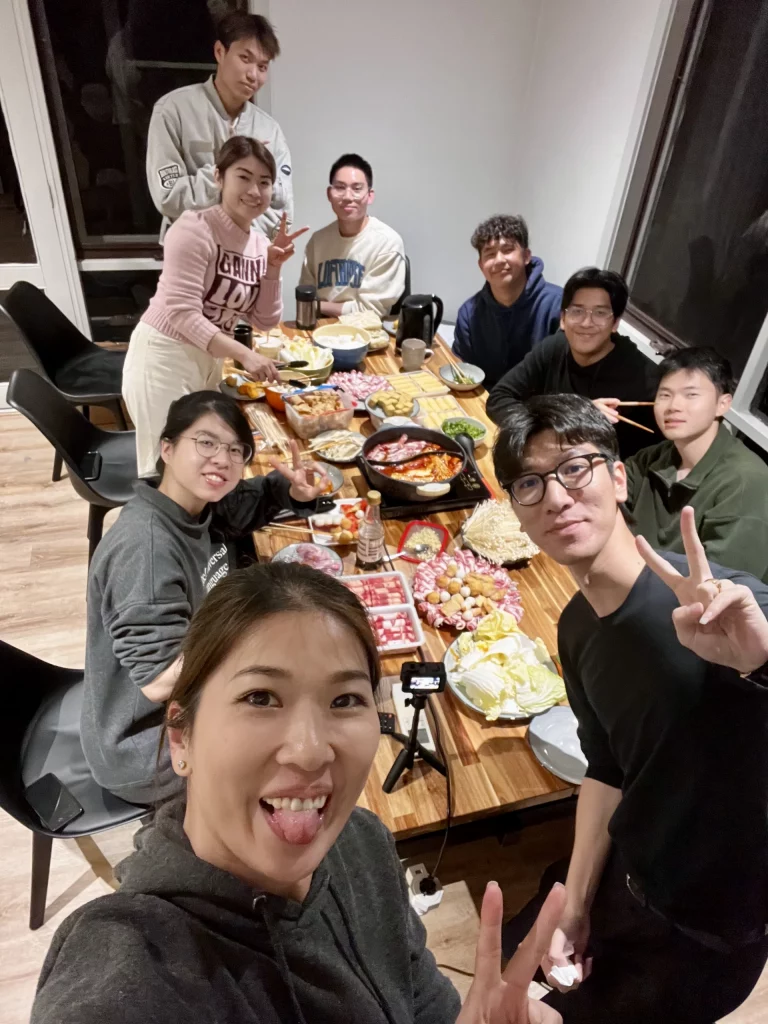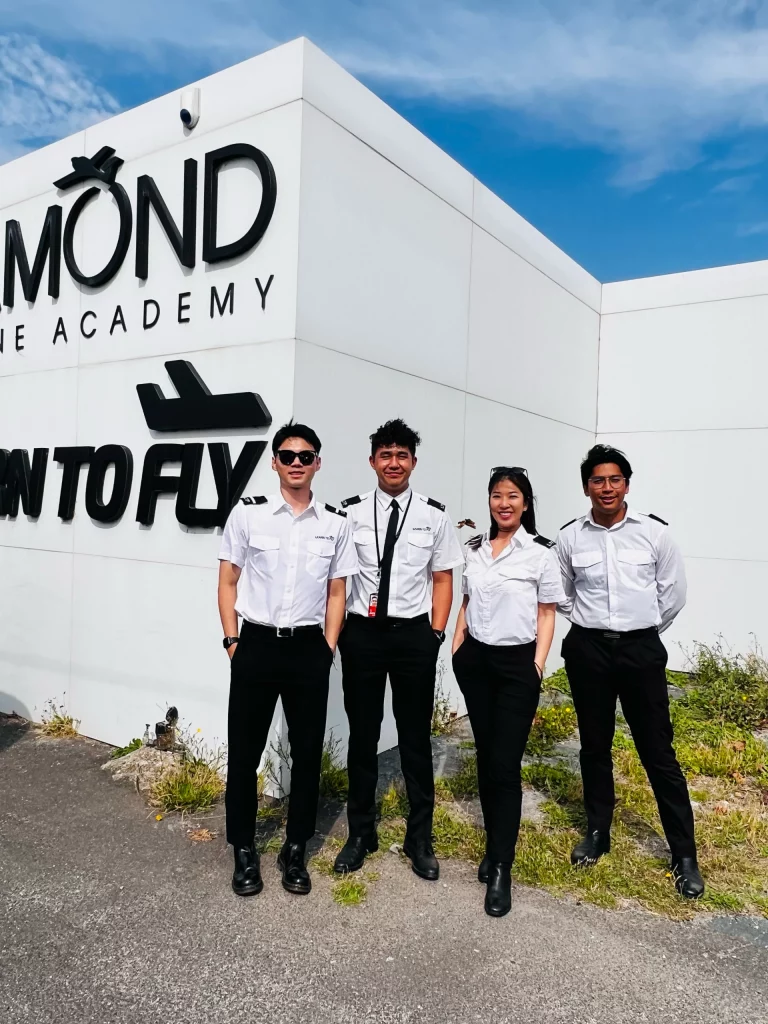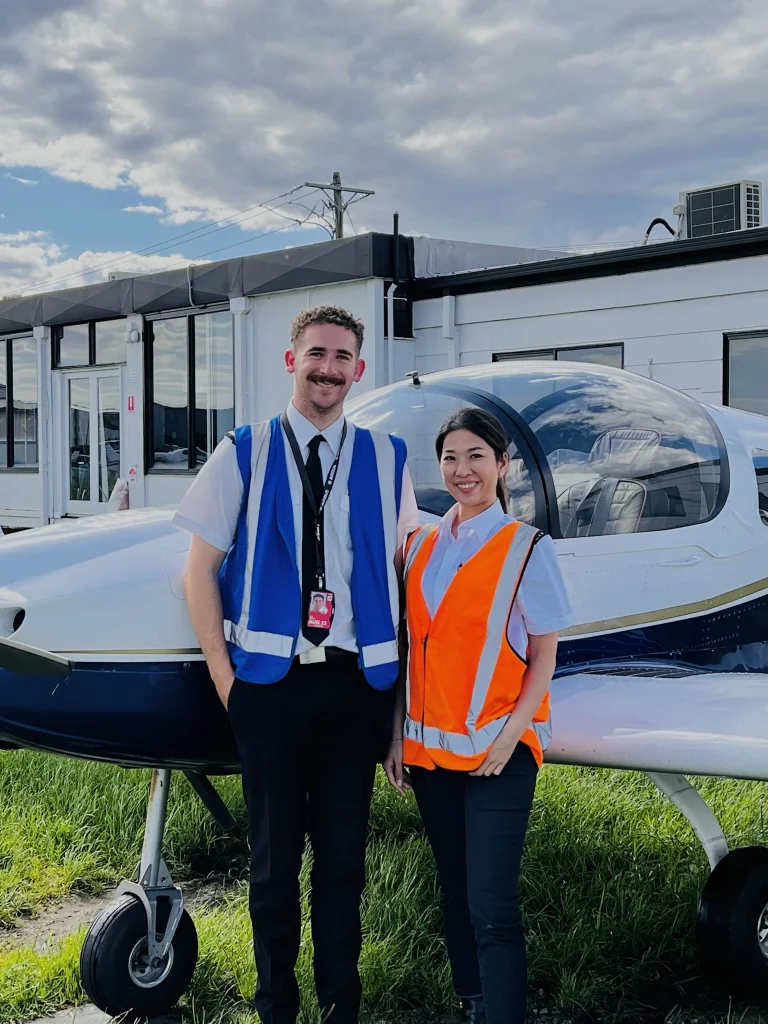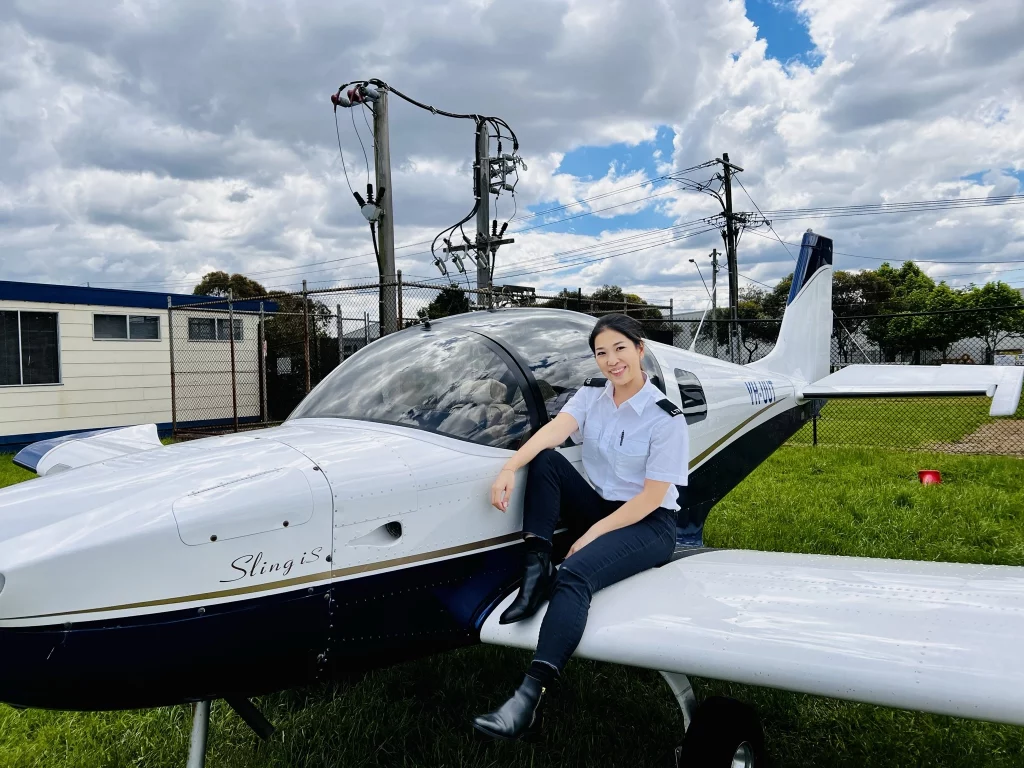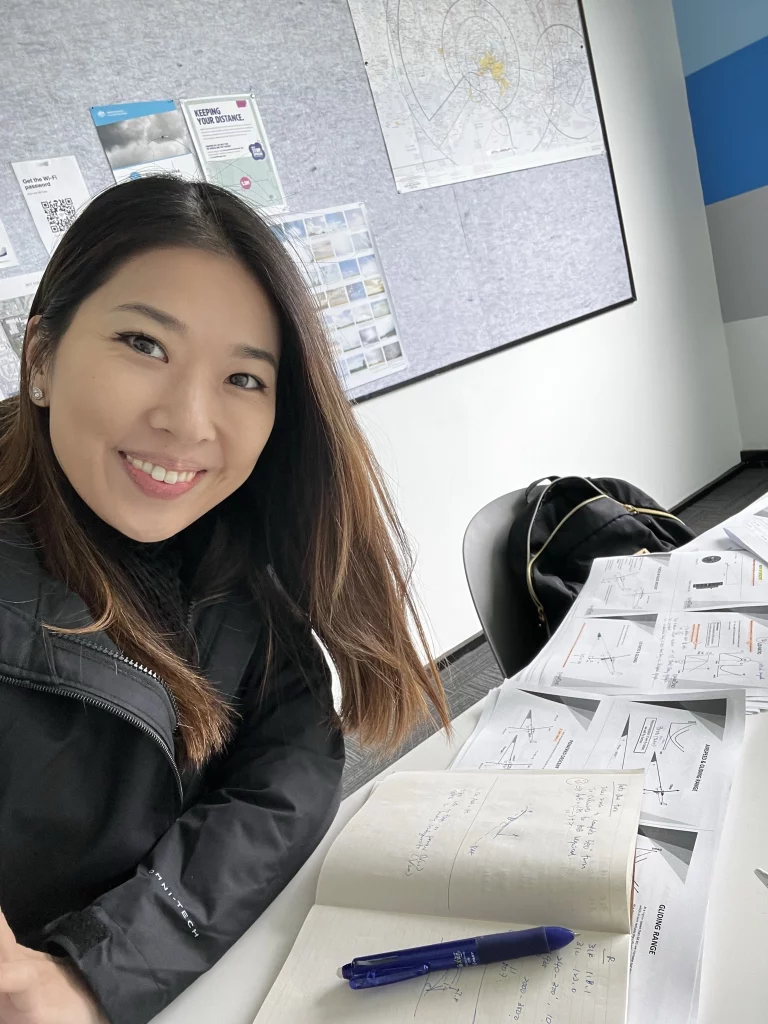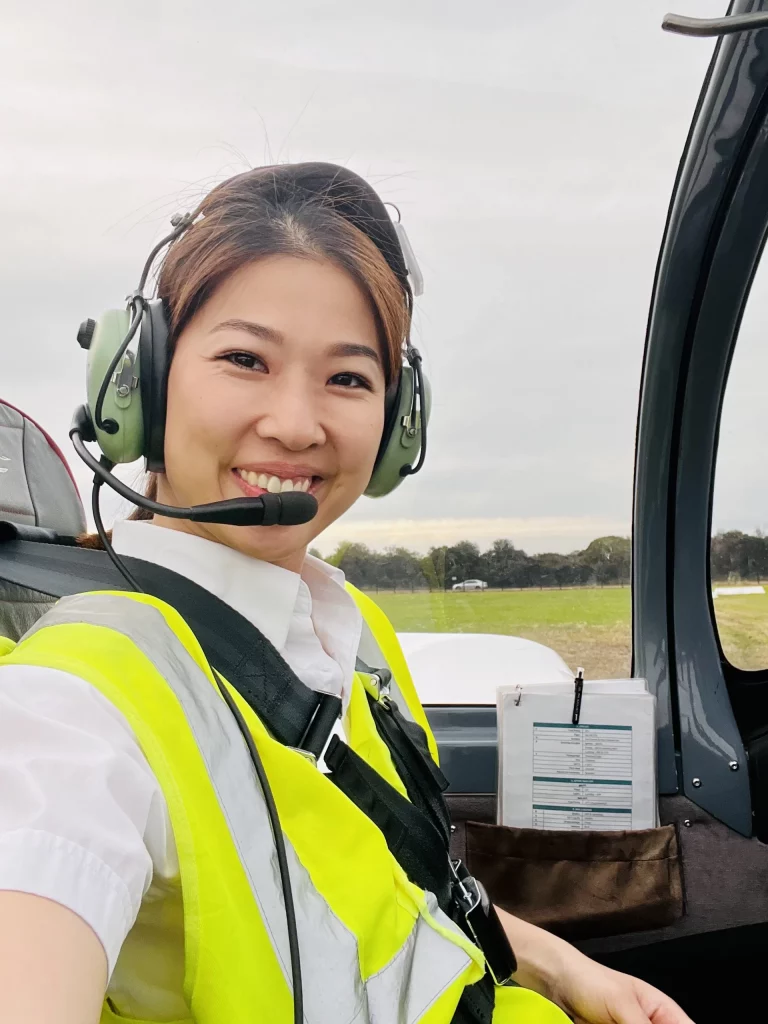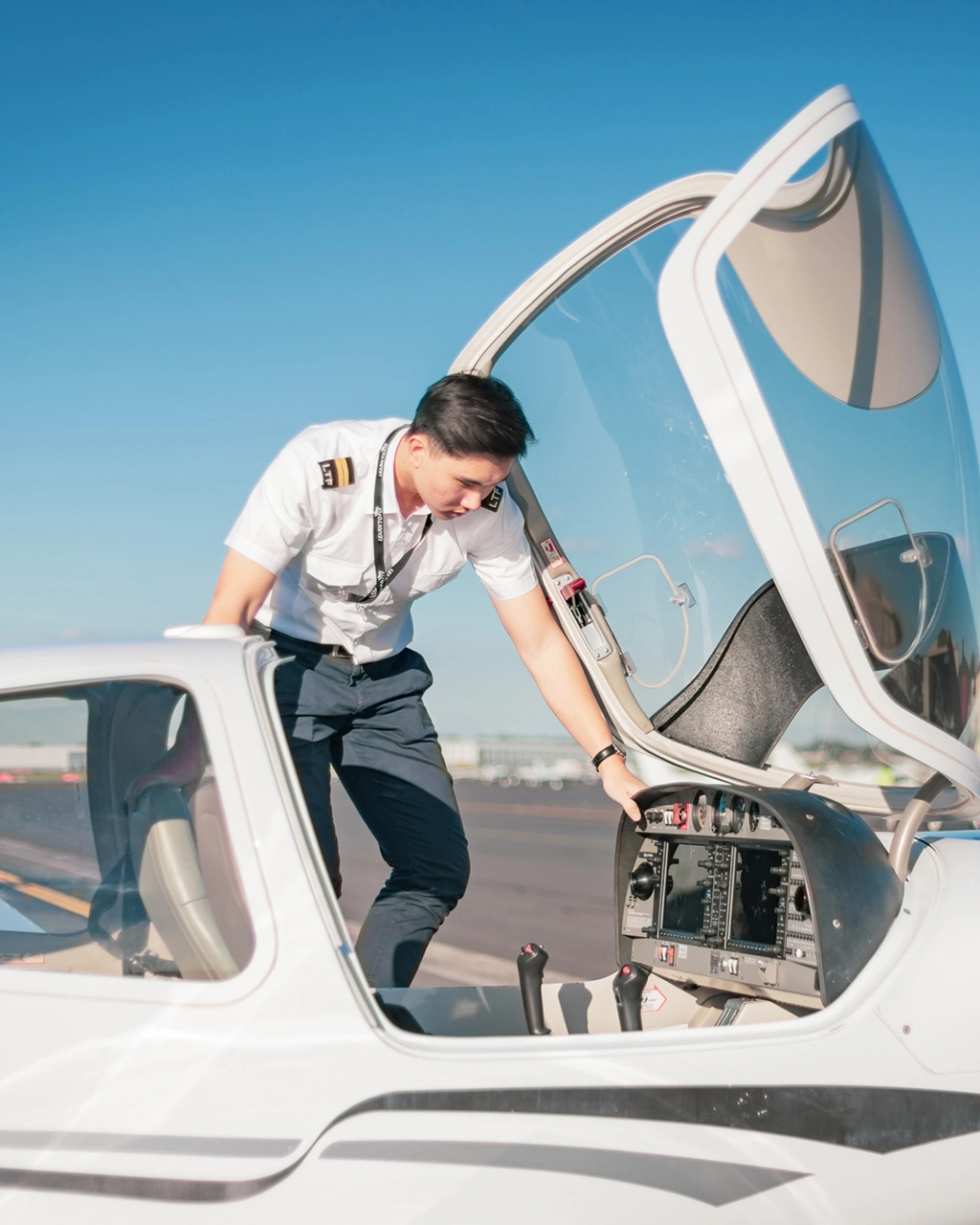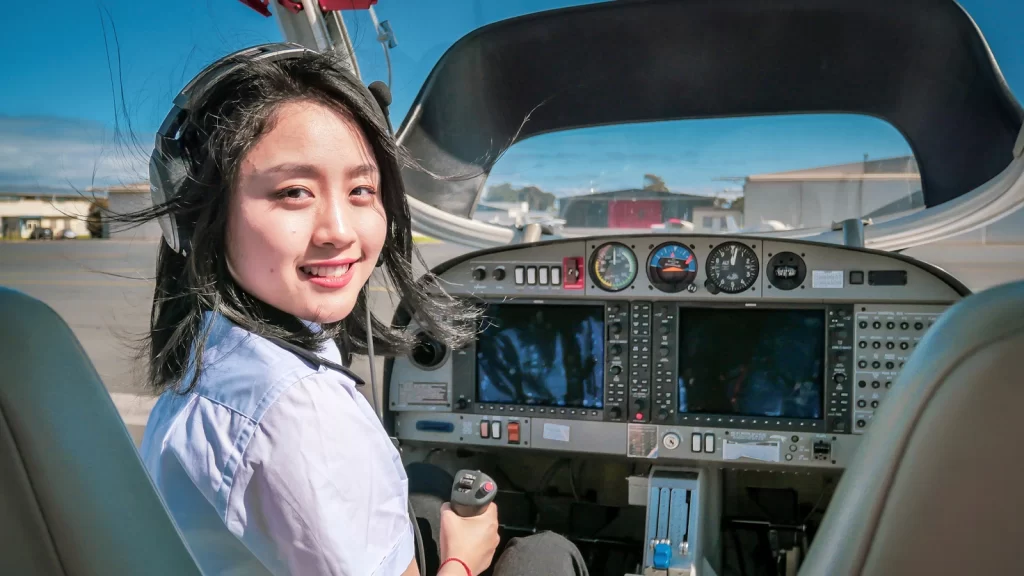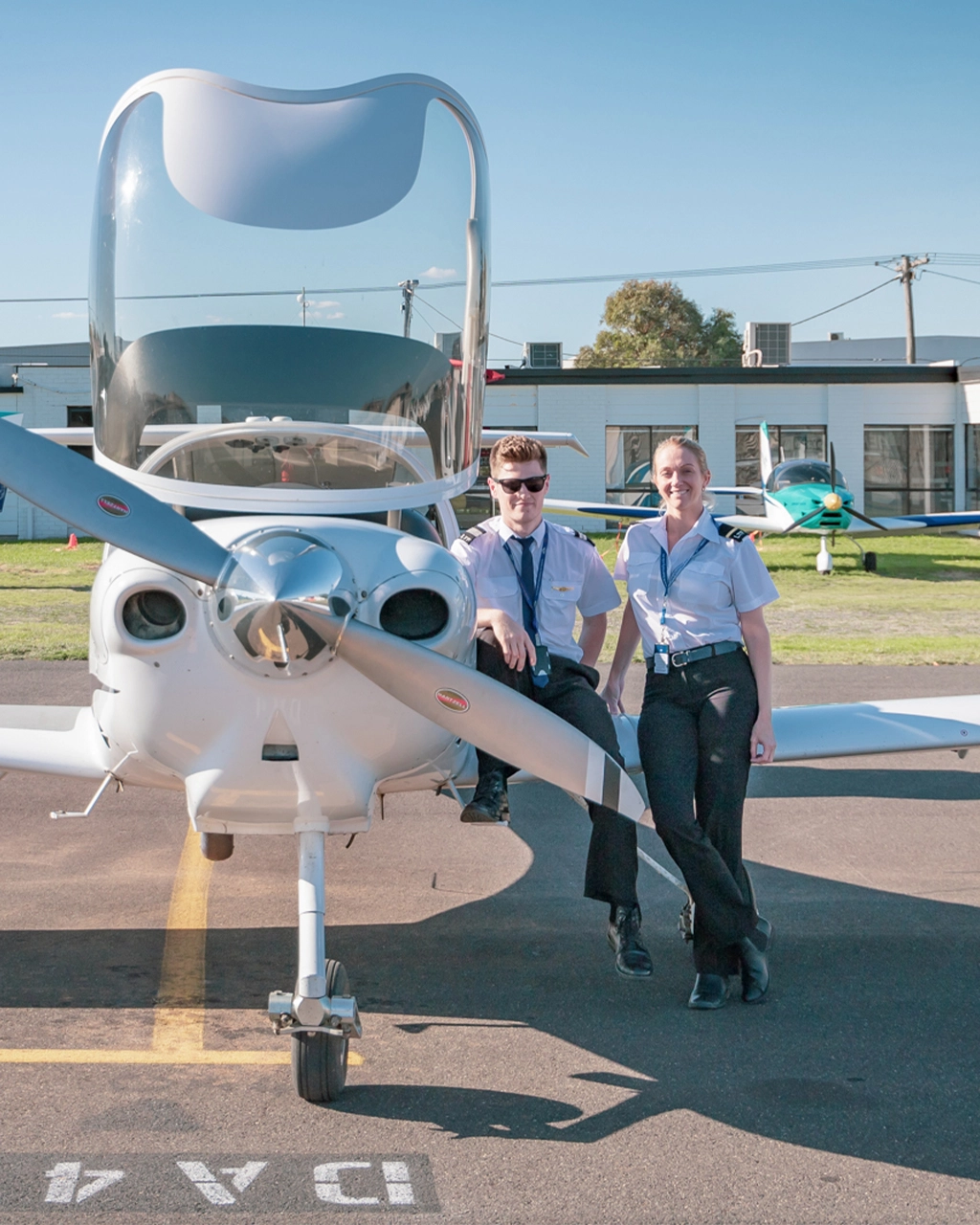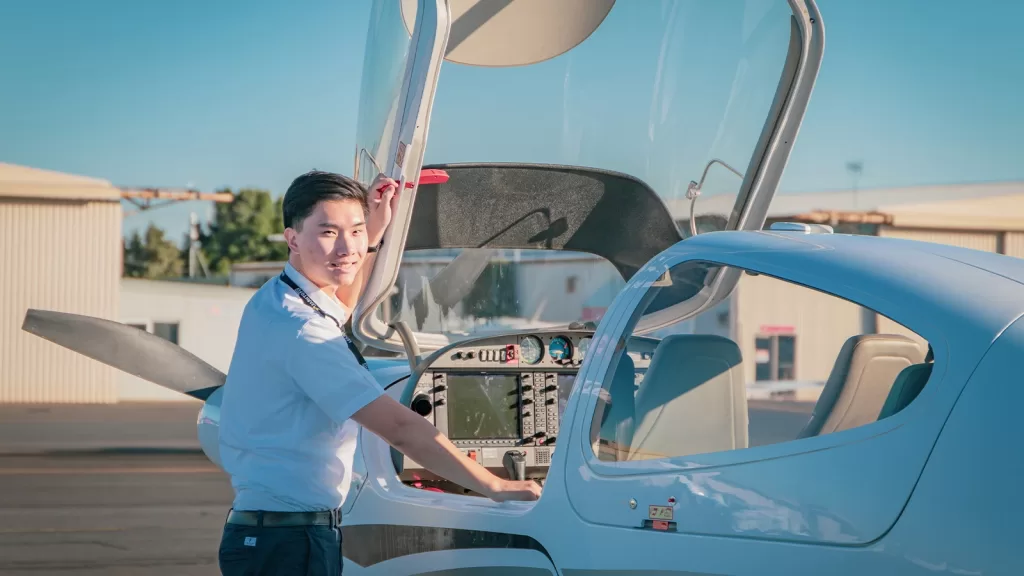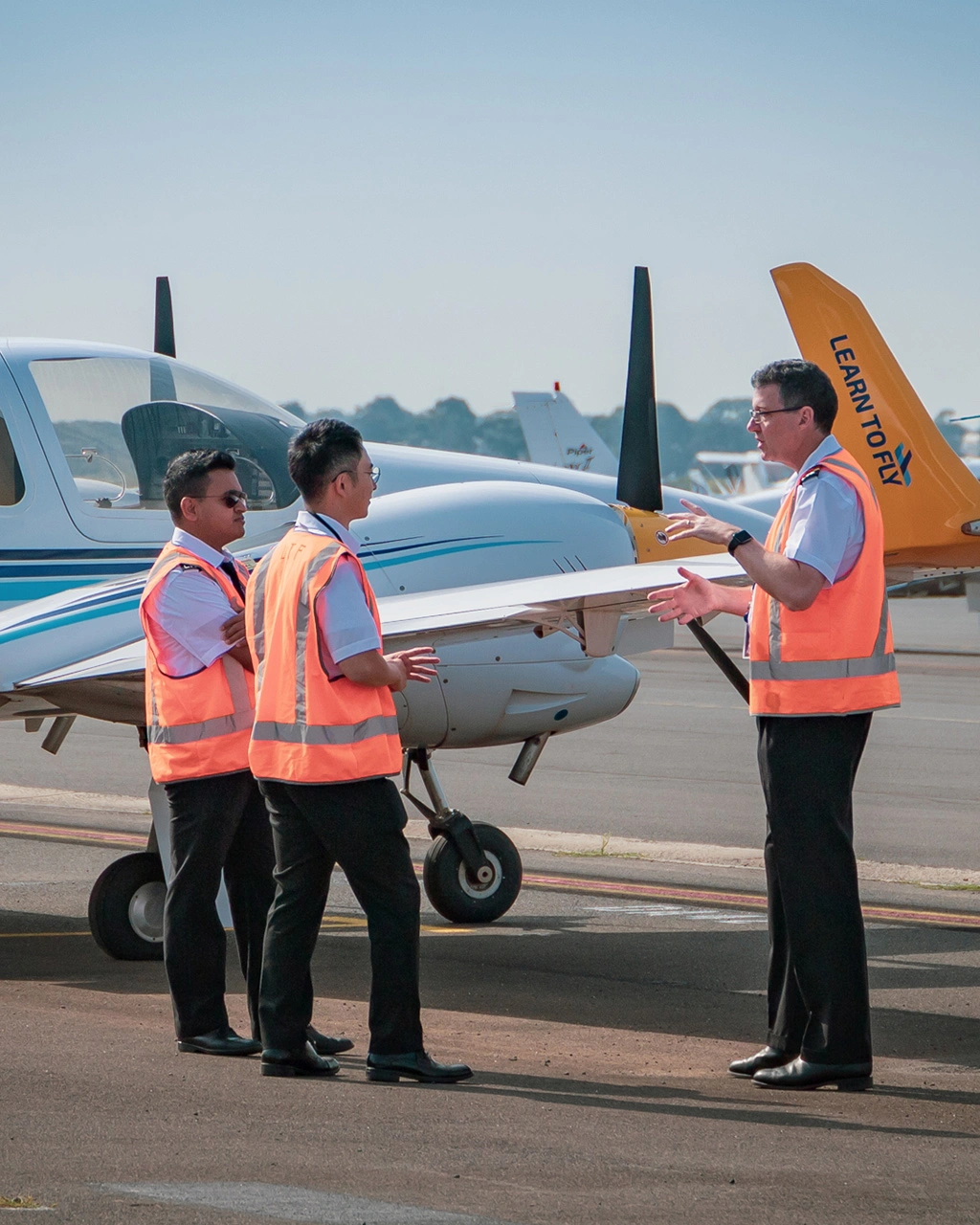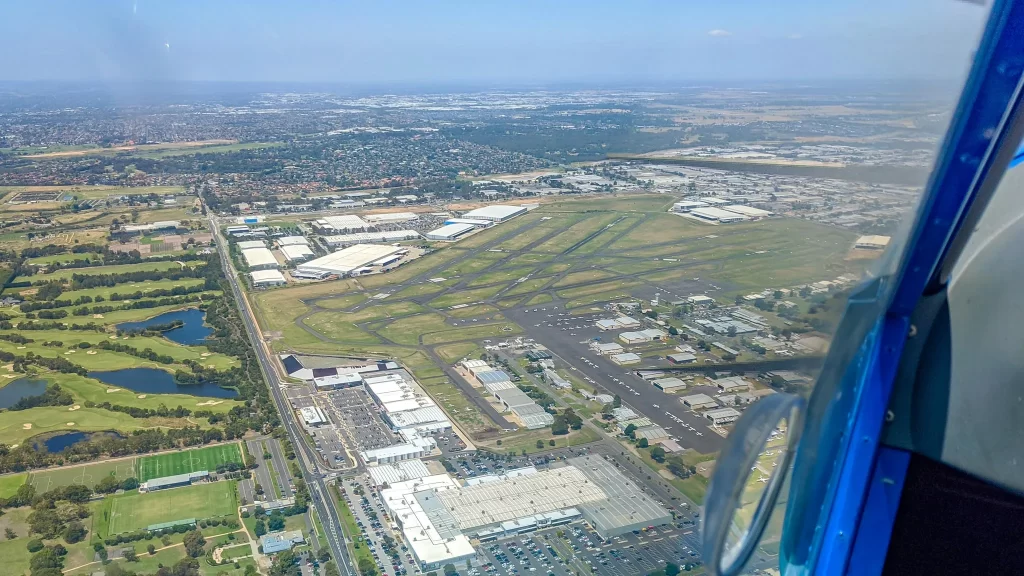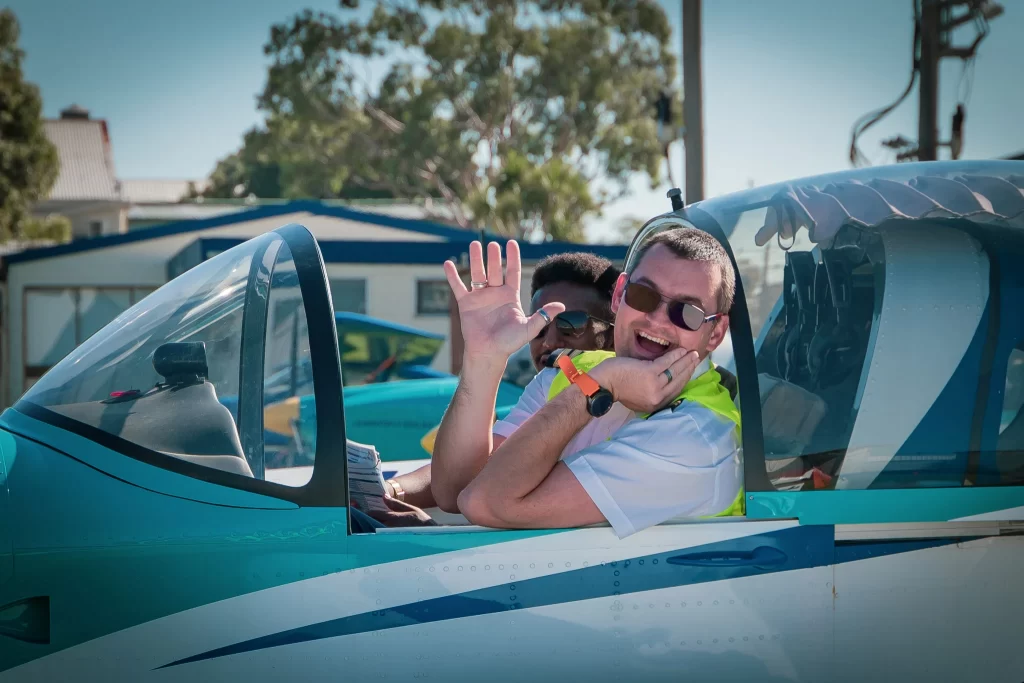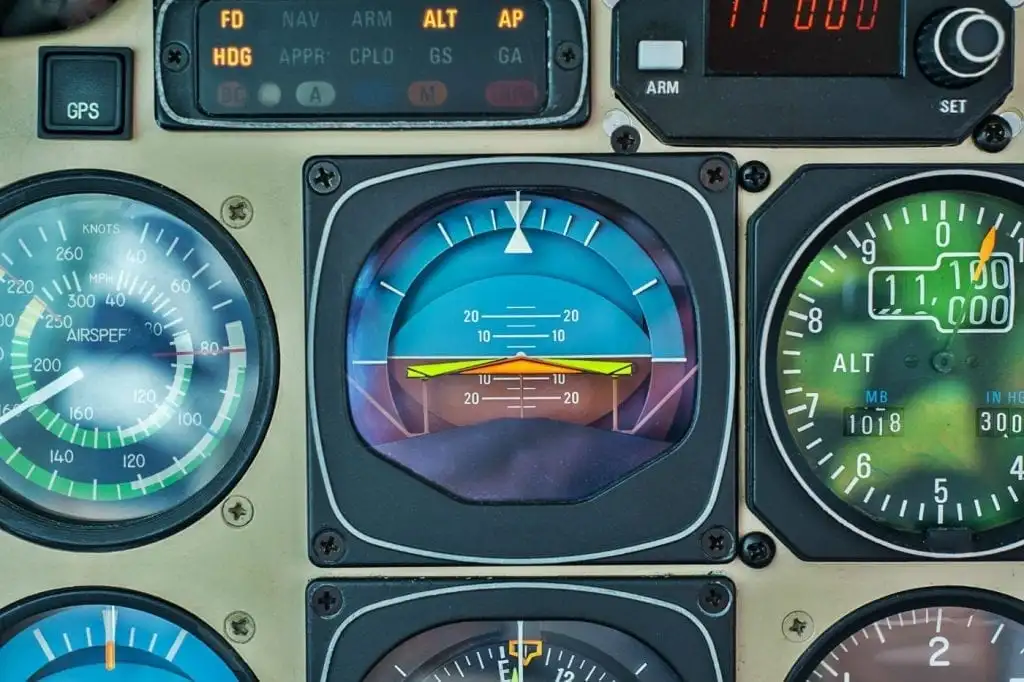Weight and balance calculations are critical to ensuring the safety, stability, and performance of an aircraft. For student pilots, understanding this concept is essential—not only for passing flight tests but also for developing safe operating habits that will serve throughout a flying career.
Improper weight distribution or exceeding the aircraft’s weight limits can lead to dangerous flight conditions, affecting takeoff, landing, and overall maneuverability. Whether you’re training for a commercial pilot license in Australia or preparing for your first solo flight, mastering weight and balance is a fundamental skill that will enhance your confidence and safety in the cockpit.
Why Weight and Balance Matter in Aviation
Aircraft are designed to operate within specific weight limits and balance parameters to ensure predictable flight performance. The aircraft’s center of gravity (CG) must remain within a designated range to maintain stability and control.
Key reasons why weight and balance are critical:
- Takeoff and Landing Performance: Excess weight increases takeoff roll distance and landing speed.
- Control and Stability: An improperly loaded aircraft can become difficult to control, especially during maneuvering.
- Structural Integrity: Overloading can stress the aircraft’s airframe beyond safe limits.
- Fuel Efficiency: Excessive weight leads to increased fuel consumption and reduced range.
Whether preparing for a cadet pilot interview or conducting a routine pre-flight check, demonstrating a solid understanding of these principles is a mark of professionalism and competence.
Key Terms in Weight and Balance Calculations
To simplify weight and balance calculations, it’s important to understand a few key terms:
- Basic Empty Weight (BEW): The weight of the aircraft with standard equipment but without fuel, passengers, or cargo.
- Useful Load: The maximum allowable weight for fuel, passengers, and baggage.
- Maximum Takeoff Weight (MTOW): The heaviest an aircraft can legally weigh for takeoff.
- Centre of Gravity (CG): The point where the aircraft balances, measured from a fixed reference point (datum).
- Moment: The result of multiplying a weight by its distance from the datum (Weight × Arm = Moment).
- CG Limits: The allowable forward and aft positions of the center of gravity, ensuring stability.
Understanding these terms helps pilots perform accurate weight and balance calculations and recognise unsafe loading conditions before a flight.
Practical Tips for Student Pilots
1. Use a Simple Step-by-Step Approach
Weight and balance calculations can seem complex, but breaking them into steps simplifies the process:
- Determine the aircraft’s empty weight and CG location.
- Add fuel weight and determine its moment.
- Add passenger and baggage weights, calculating their moments.
- Sum all weights and moments.
- Divide the total moment by the total weight to find the CG.
- Compare the CG with the aircraft’s allowable limits.
A well-organised weight and balance chart in the aircraft’s Pilot’s Operating Handbook (POH) will help streamline this process.
2. Be Cautious of Fuel Burn and Its Effect on Balance
Fuel is consumed during flight, which changes the aircraft’s weight and sometimes shifts the CG. In some aircraft, especially light trainers, fuel burn can cause the CG to move toward the aft limit, potentially leading to instability.
Before flight, check how fuel consumption will affect the CG position at various stages—especially during landing, when the aircraft is at its lightest.
3. Beware of Aft CG Loading
An aft CG (too much weight in the rear of the aircraft) can be particularly dangerous. It reduces longitudinal stability, making the aircraft more difficult to recover from stalls.
A forward CG, while making the aircraft nose-heavy, is generally safer because it increases pitch stability. Always check that the CG remains within limits for both takeoff and landing weights.
4. Anticipate Weight Distribution Changes
Weight shifts inside the cabin or cargo area can affect balance. If flying with multiple passengers, consider how their movement might alter CG positioning.
For example:
- If passengers move to the back during flight, the CG may shift aft.
- If baggage is not properly secured, it could shift unexpectedly, causing CG movement.
Proper weight distribution planning ensures stability throughout the flight.
5. Conduct a Final Pre-Flight Verification
Before every flight, pilots should:
- Verify that the total weight is within the aircraft’s MTOW.
- Ensure that the CG falls within the aircraft’s approved range.
- Confirm fuel levels and calculate the impact of fuel burn on balance.
This habit not only enhances safety but also demonstrates good airmanship and professionalism—a critical skill for student pilots aiming for a career in aviation.
Common Weight and Balance Errors to Avoid
While weight and balance calculations seem straightforward, common mistakes can lead to unsafe conditions. Avoid these errors:
- Relying on Guesswork: Always use actual weights rather than estimated figures for passengers and baggage.
- Ignoring Fuel Burn: Failing to account for fuel consumption can result in unexpected CG shifts mid-flight.
- Forgetting About Moment Calculations: Simply adding weights without considering their distance from the datum leads to incorrect CG positions.
- Overloading the Aircraft: Exceeding MTOW negatively affects takeoff performance, climb rate, and stall characteristics.
- Neglecting Baggage Positioning: Improper baggage placement can push the CG beyond allowable limits.
Weight and Balance in Flight Training and Beyond
As student pilots progress through training, weight and balance knowledge becomes increasingly important. This is especially true for those transitioning from small training aircraft to larger, more complex aircraft in commercial pilot training.
For those pursuing a commercial pilot license in Australia, advanced weight and balance considerations come into play, such as:
- Multi-engine aircraft load planning
- High-altitude performance adjustments
- Cargo weight distribution in commercial operations
Additionally, when preparing for cadet pilot interviews, demonstrating a solid understanding of weight and balance principles can set candidates apart. Airline recruiters look for pilots who exhibit strong decision-making skills and an awareness of aircraft performance limitations.
Weight and balance are fundamental to flight safety, and mastering these principles is essential for student pilots at all levels. By adopting a structured approach, using modern tools, and avoiding common mistakes, pilots can ensure safe, stable, and efficient aircraft operation.
Whether training for a commercial pilot license in Australia or preparing for a cadet pilot interview, a thorough understanding of weight and balance principles demonstrates professionalism and enhances flight safety. By making weight and balance calculations a routine part of pre-flight planning, student pilots develop strong habits that will serve them throughout their aviation careers.









